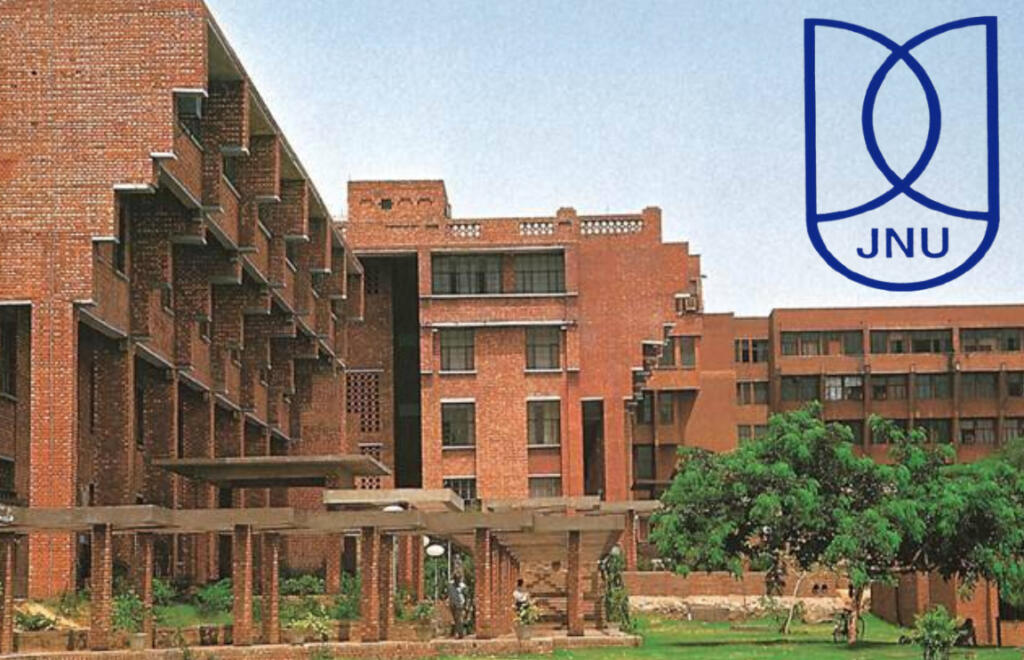JNU will now admit students like any other University in the country and the student composition will not involve students of any one ideology.
JNU introduces CUCET
Following the change in Delhi University’s admission system, JNU admissions for 2022 would also be done through Common Universities Entrance Test (CUCET). The University has itself announced the big decision and has said that the entrance examination would be held as and when planned by the National Testing Agency (NTA). This one move completely dispenses with the old ecosystem that had made JNU a hub of leftist ideology.
In its meeting on Wednesday, JNU’s Academic Council discussed modalities of implementing CUCET/ CUET. An official notice released by the Academic Council states, “The above decision of the Academic Council is in conformity with its earlier decision taken in 157t meeting of the Academic Council held on March 22, 2021 to adopt and admit students through CUT whenever the examination would be planned by National Testing Agency (NTA).”
The notice added, “During the deliberations in the Academic Council, a large number of members including the Deans of Schools, Centre Chairpersons, and External Members of the council emphasized that CUET would provide a level playing field to numerous eligible students from across the country reducing the burden of taking several entrance examinations. The misinformation spread by a few faculty members about CUET was noted by the Academic Council and was deplored.”
How JNU became a leftist bastion?
You know that the Jawaharlal Nehru University (JNU) is a hub of leftist thought. But how did it become a leftist bastion? I am sure not many are aware of this story.
Also read: JNU students want the reconstruction of Babri Masjid. Cute
How the admission system retained the leftist stronghold?
The faculty of an institute drives its reputation and thinking process. Domination of Marxist ideology thus helped the University become a centre of leftist ideology. But this ideology would have waned out had diverse students made it to the University in large numbers.
However, in its initial years, JNU had a system of interviews for selecting students. Basically, the professors interviewed candidates and selected students. When the faculty itself professed and propagated leftist thought, it was only natural that they preferred leftist minds over others.
The system was, however, criticised and opposed vehemently. So, in the early 1980s, the University decided to conduct written tests in different parts of the country, giving students in rural and backward areas to compete on equal footing with students coming from urban areas.
However, subjective tests alone do not achieve objectivity in admissions. After all, it was the faculty that conducted and evaluated written tests. From the descriptive answers themselves, one can judge the mindset and ideology of the candidate, just like an editorial or an op-ed reveals the ideology of the author. Then, the evaluator could filter the appearing candidates according to their ideology.
So, in 2019, a new system was introduced- the JNU entrance examination (JNUEE), a computer-based MCQ test that eliminates the faculty from the evaluation process. The rigorous reform did face criticism from the left-liberal intelligentsia in the country. But that was only natural. After all, why would the leftist ecosystem want to lose one of its bastions?
CUCET will completely wipe out the leftist stronghold in JNU
Now, the implementation of CUCET is going to be an even bigger overhaul. JNUEE has already eliminated wide discretion and arbitrariness in the admission process. Leftist elements in the faculty can no longer pick and choose like-minded students.
However, even with a University-based entrance examination, the faculty did have the choice of deciding the examination syllabus. While preparing the question paper, the leftist agenda could always be pushed in.
